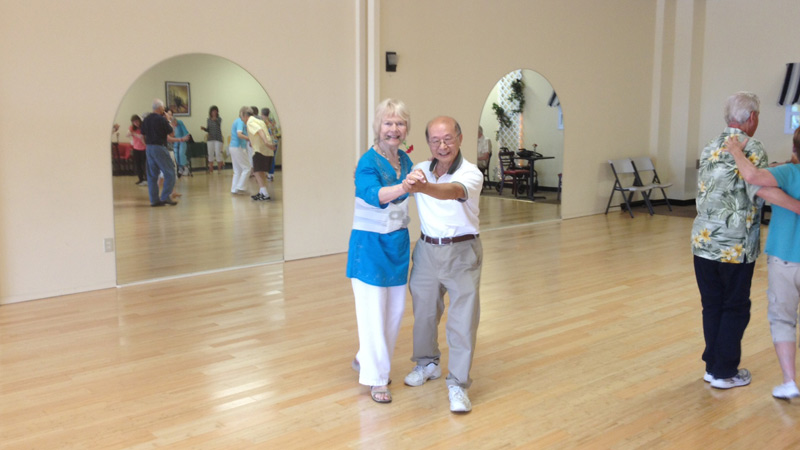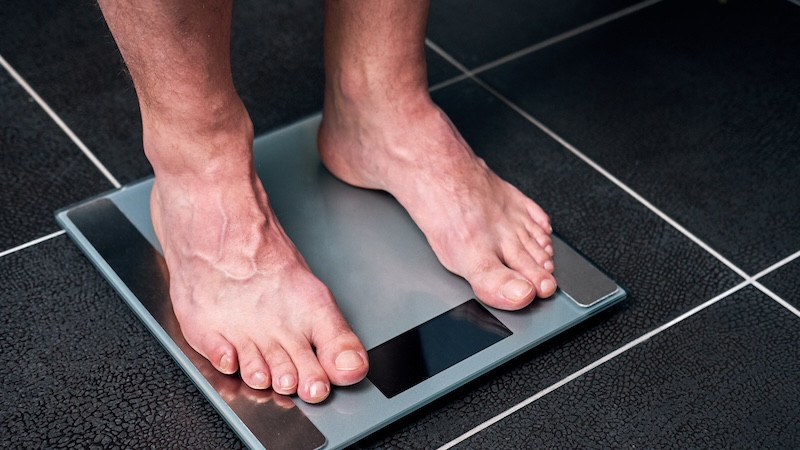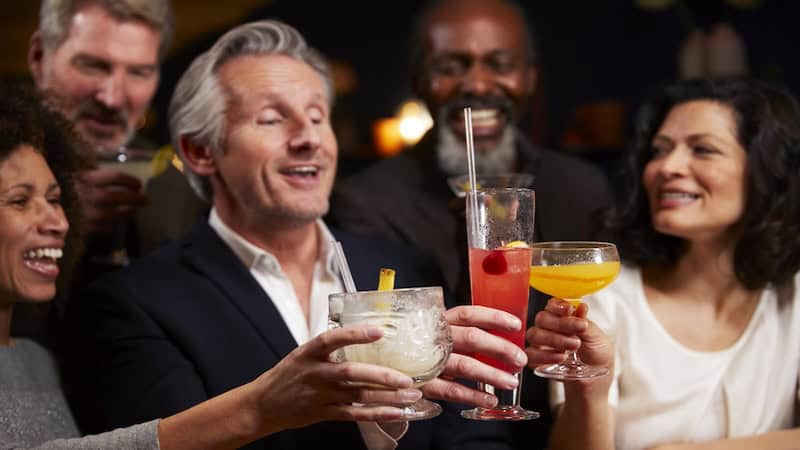Dance Therapy for Parkinson's Patients in Richmond
Richmond's Simply Ballroom dance studio uses movement to ease the effects of Parkinson's disease

Dancing can be fun. It can be freeing. It can be silly. It can allow you to show off that frilly dress that you bought on a whim. But dancing can also be inspiring. It can heal. And it can even relieve symptoms of the physically debilitating neurodegenerative disorder, Parkinson’s.
PARKINSON’S DANCE THERAPY SAYS HELLO TO RICHMOND
Seven years ago, Veronica Nugent, Richmond local and daughter of a Parkinson’s patient, attended a Parkinson’s Dance Therapy class in Texas with her father. Inspired by the program’s quick and beneficial effects on him, she was eager to bring something similar back to Virginia.
Not long afterward, she acquired the necessary training and connected with a local Parkinson’s support group. She and her husband, Lee, own Simply Ballroom Dance Studio in Chesterfield County, which teaches ballroom, Latin, swing and line dance. The large space served as a perfect venue for what became the Richmond Parkinson’s Dance Project.
From there, as we love to say in historic Richmond, the rest is history.
HOW DOES DANCE INFLUENCE PARKINSON’S PATIENTS?
Parkinson’s Disease affects up to one million people in the United States. Patients’ symptoms vary, and each case is unique. But there are many common ailments, such as slowness, tremors and muscle stiffness, most of which can be temporarily relieved through the smooth rhythms and deliberate movements of the dance therapy class.
Instructors encourage students to work within their own limitations during varieties of yoga, ballet and dance.
The class incorporates upbeat music as well. You know those times when you’re listening to a catchy song like “The Twist,” “Respect” or anything by the Bee Gees, and you suddenly realize that you’re subconsciously tapping along? Your pen is hitting the desk, your toes are tapping or your head is nodding just slightly?
Those who suffer from Parkinson’s often find that listening to music also stimulates their muscles; they relax, mobilize and start “Staying Alive.”
Victor Liu, a four-year student of the dance therapy class and a Parkinson’s patient for 12 years, noted that he keeps an iPod with him at all times and hits play when his body starts to freeze up. He explains, “When I hear the music, it motivates me to move.”
But any sort of regular movement is beneficial. For example, says Dr. Rachel Donaldson, doctor of osteopathic medicine at St. Mary’s Neurology Clinic, “Research has shown that dance and yoga can be used as non-pharmacologic therapies to improve balance, aid in supporting good posture, improve muscle stiffness and alleviate pain.”
OTHER BENEFITS
Aside from physical advantages, the class offers companionship and connection to individuals who may otherwise remain homebound.
Dance therapy class students gush about their love for this community and the benefits of being surrounded by people who empathize with their condition. Many referred to the group as their “Parkinson’s disease family.” Bill White, president of Richmond Parkinson’s Dance Project, testifies, “The good thing about this [class] is the people … Parkinson’s is a community disease.”
The class celebrates birthdays, signs get-well cards and welcomes new people with warm smiles, open arms and a nametag.
PATIENTS ARE SPREADING THE LOVE
It began with a small clan, around 10 students per week. But after some free press, along with plenty of word of mouth, the class size has multiplied. The program at Simply Ballroom also recently won first place at UnitedHealthcare Community Care Award pitch contest, which came with a $10,000 grant. Nugent is working to start another class in the West End in March, to allow access to a wider audience, increase outreach and build community all over Richmond.
Says White, “You can let Parkinson’s run you into the ground … or you can do something about it. Stay active. Get up and dance!”


